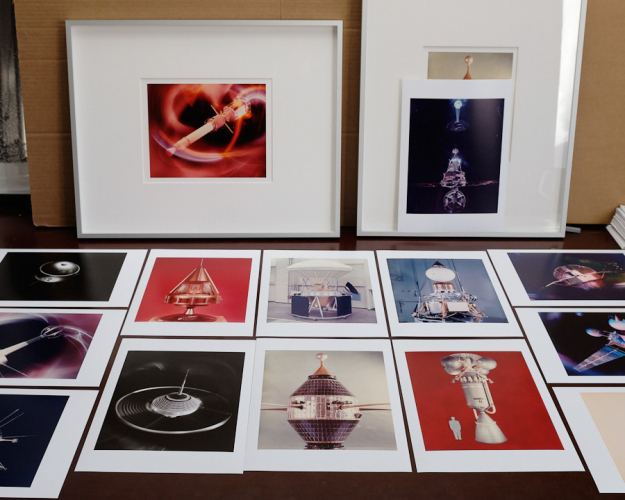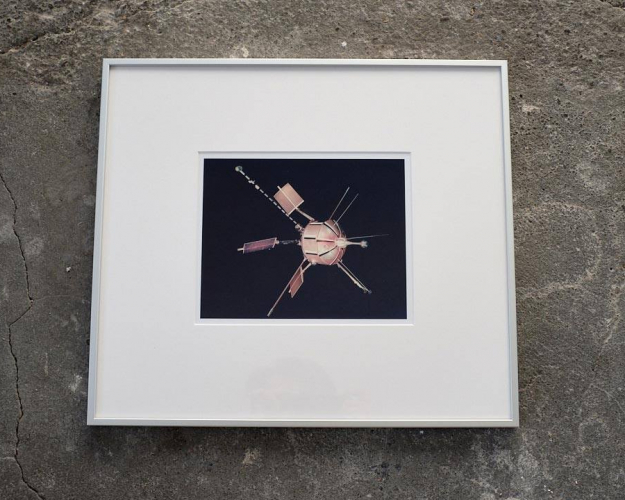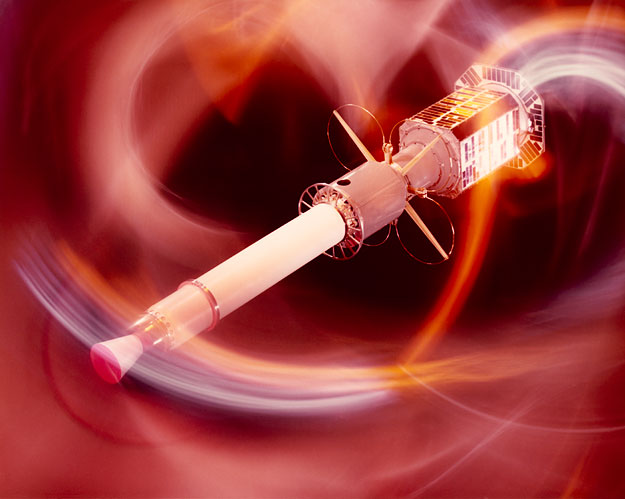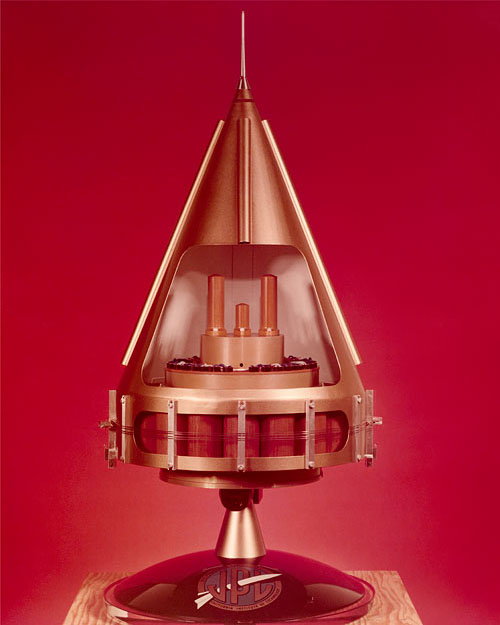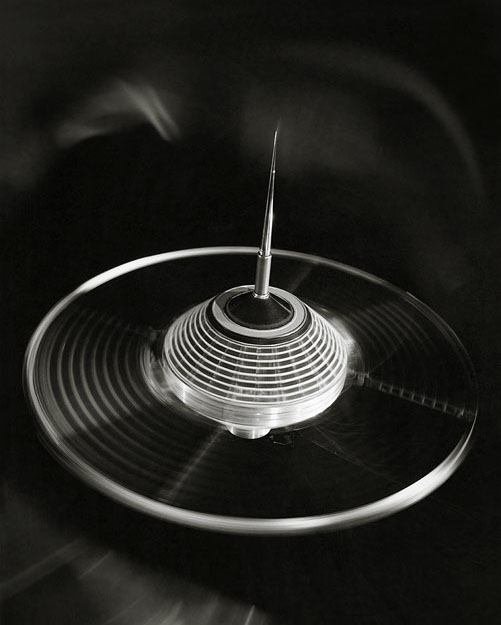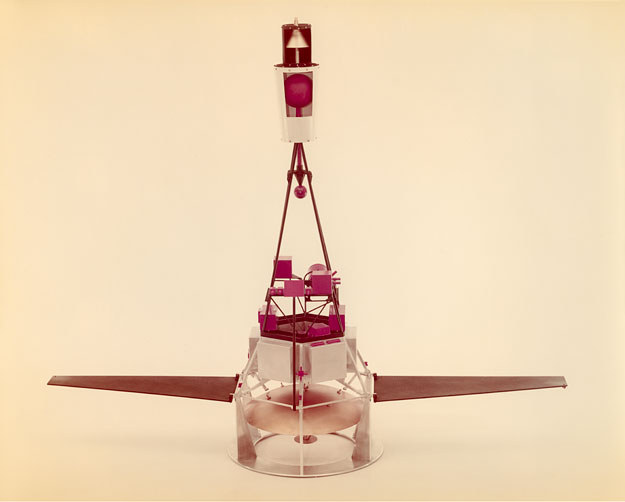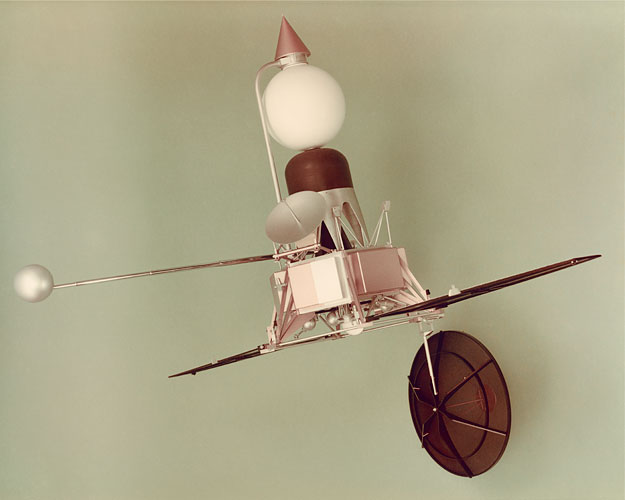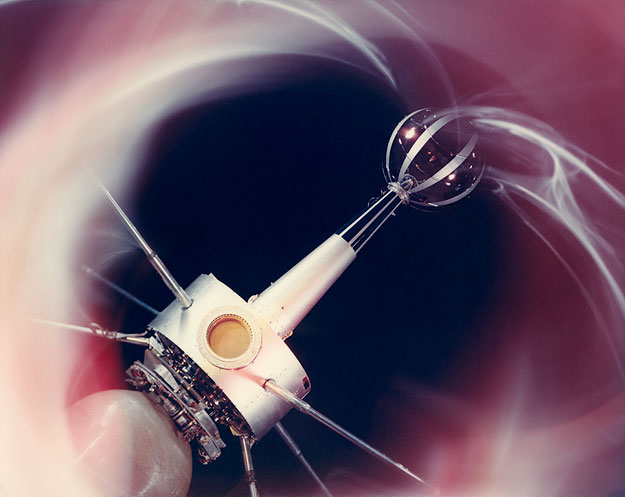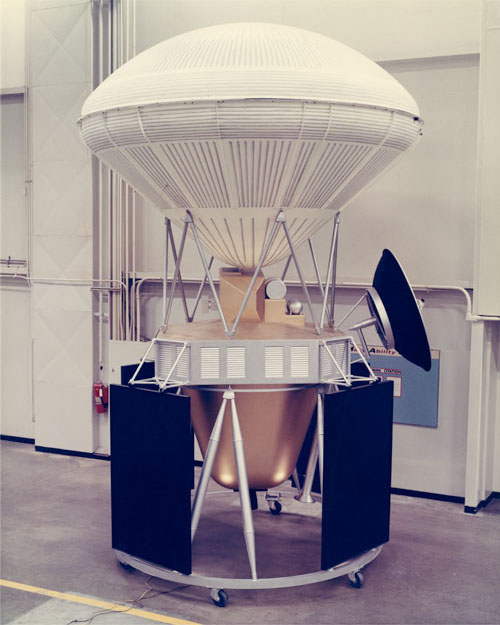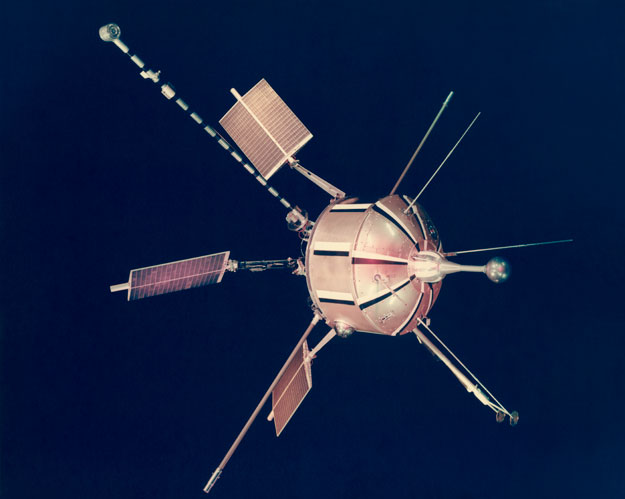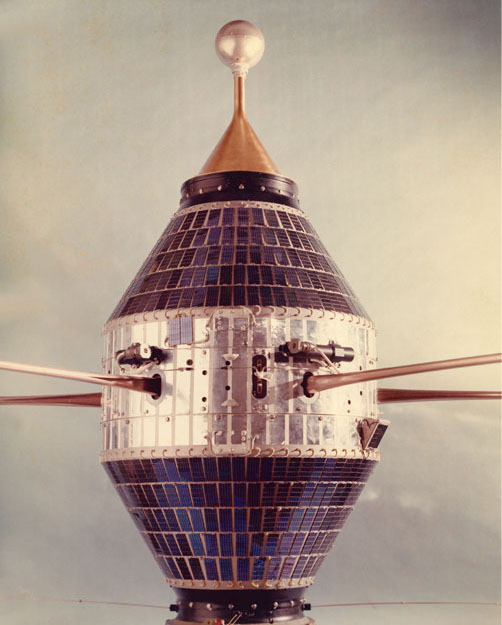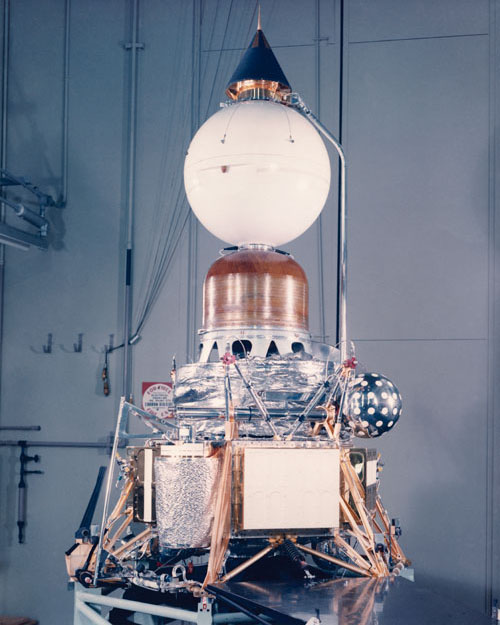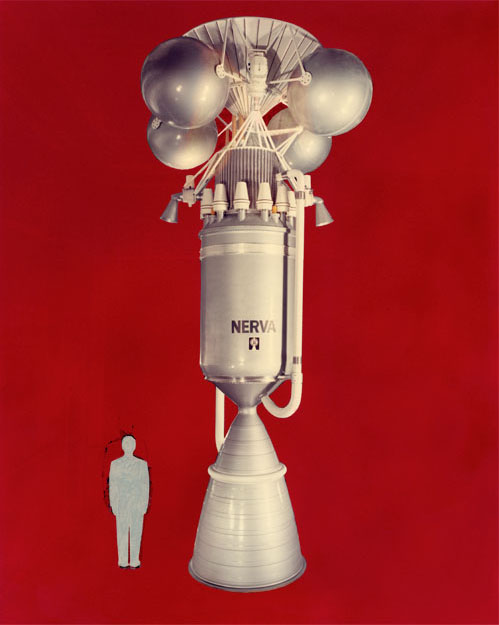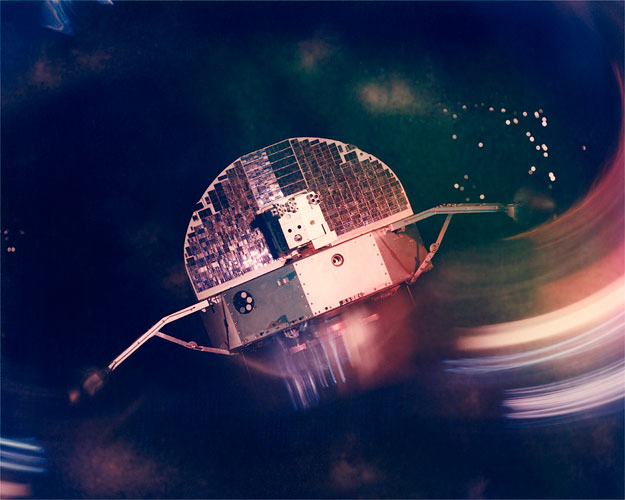Would you like to support the Strangelove Collection?
We made an affordable special edition for the “New Evidence” exhibition;
mind blowing, Barbarella-colored early satellite photographs.
The original vintage images were scanned, their color restored and carefully cleaned up with lots of expertise and love. So much love.
Collectible (unframed)
30 x 37 cm, printed on Canson Platine Fibre Rag (40 x 50cm).
Edition of 5
Let us know if you are interested.
